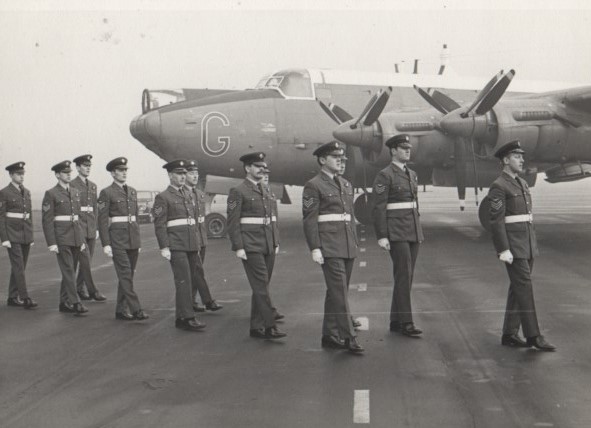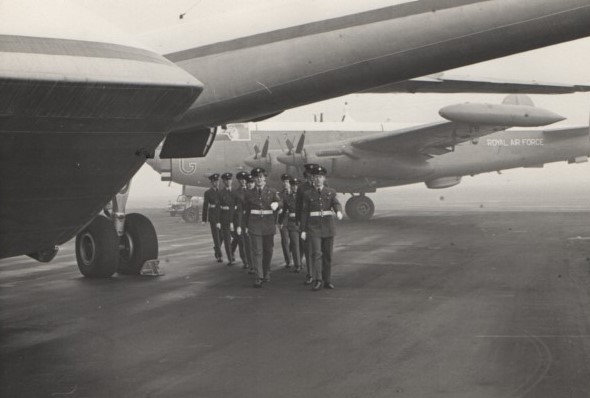Thanks to Alan Humphries (No 20 Cse) for providing the bulk of the content.
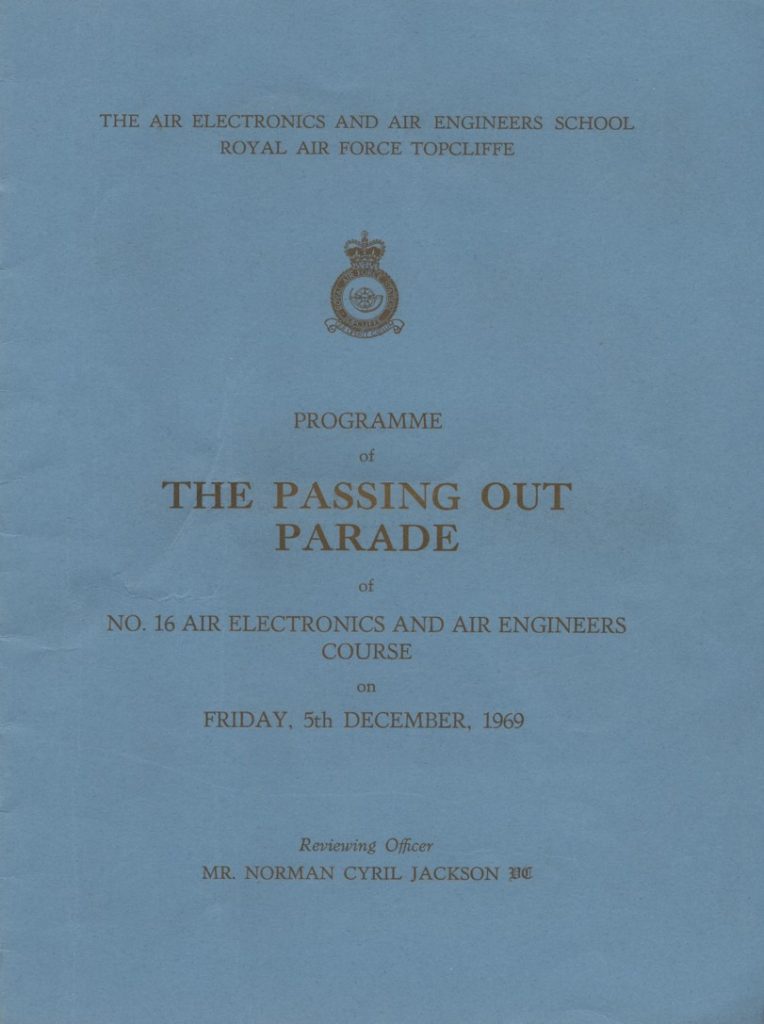
The history of the Air Electronics and Air Engineers School can be traced back to No. 1 Air Signallers School formed at Swanton Morley, in Norfolk, in 1948. Prior to this airborne wireless operators, later called Air Signallers had been trained in a variety of radio schools.
Until the mid 1950’s the main duty of Air Signallers had been to maintain Morse contact between the aircraft and its base although in Coastal Command they had also been responsible for operating the search radar used for detect-ing surface vessels and submarines. With the introduction of the V-bombers the Air Electronics Officer category was introduced to provide aircrew capable of controlling the complex electrical and electronic installations of these air-craft. Training of the first of this new category commenced in 1956 and in April 1957 No 1 Air Signallers School was re-named the Air Electronics School.
In December 1957 the Air Electronics School moved to Hullavington in Wiltshire and was transferred to Topcliffe in January 1962. In 1963 a new aircrew category, the Air Electronics Operator was introduced. Training of Air Electronics Officers, Air Signallers and Air Electronics Operators continued ar Topcliffe until in August 1966 separate courses were replaced by a single course designed to train both Air Electronics Officers and Operators.
Air Engineers have operated multi-engine aircraft since the early days of World War II, they had in the main been recruited from ground engineering tradesmen who had been specially trained in Technical Training Command before conversion to aircraft type within the Operational Commands.
With the introduction into service of the Belfast, VC10, Hercules and Nimrod, the training of Air Engineers had to be expanded to meet the need for a crew member capable of operating these complex aircraft. To meet this requirement revised Air Engineer training commenced in March 1967. At this time the name of the school was changed to its present title—The Air Electronics and Air Engineers School.

No 20 Air Eng Cse 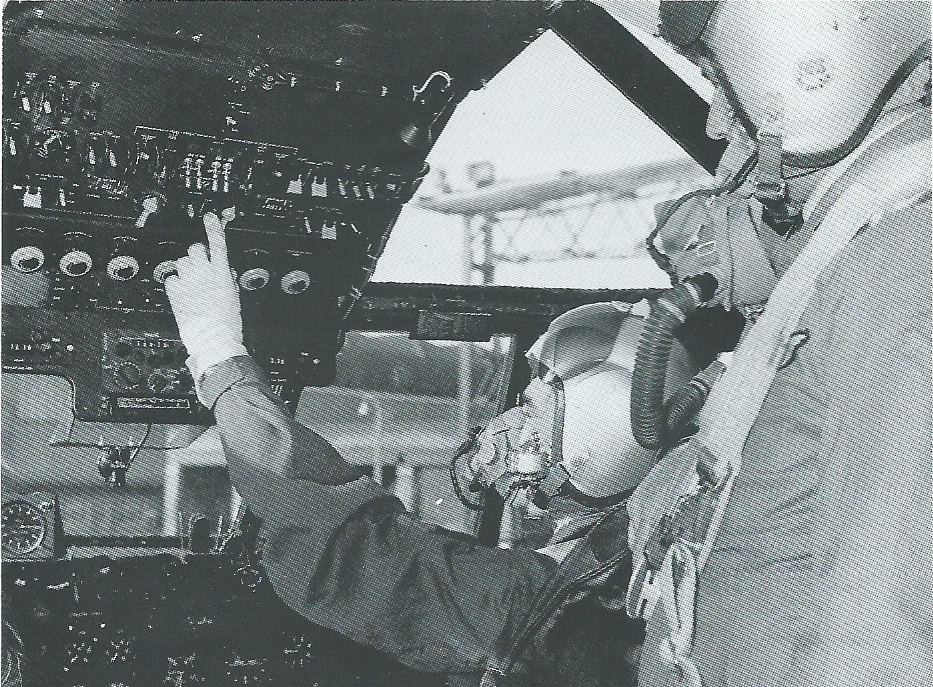
Varsity Flight Instruction Topcliffe via “Engineer” 1992 Issue 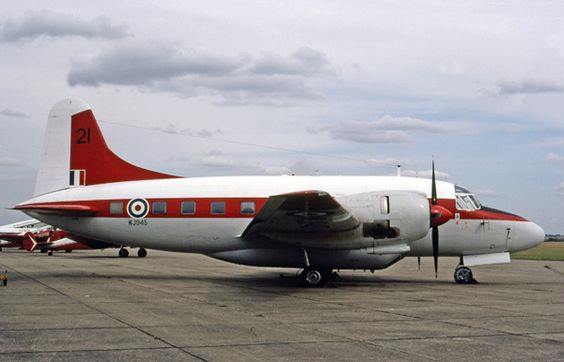
Varsity TMk1 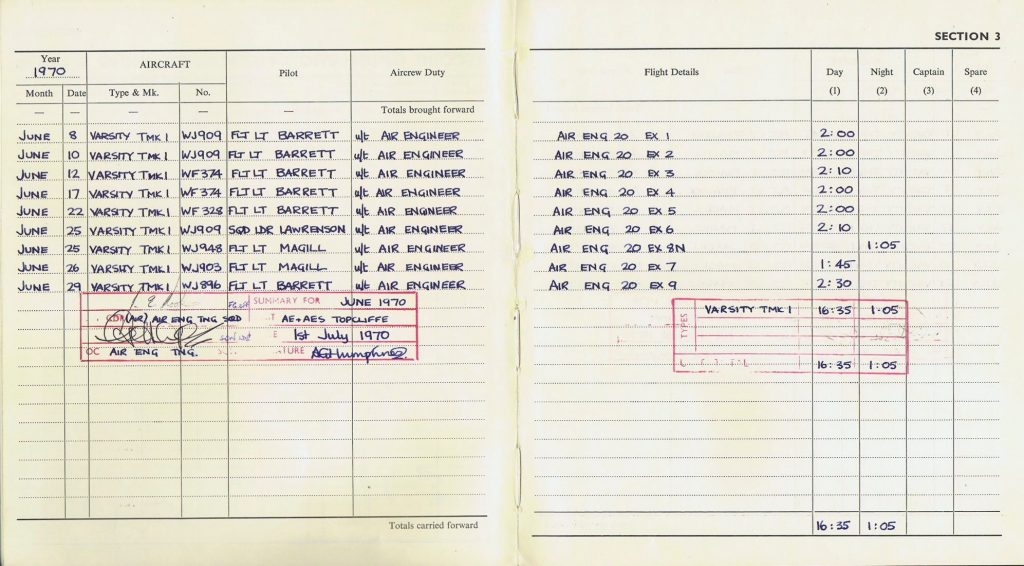
Al Humphries Log Book Varsity June 1970 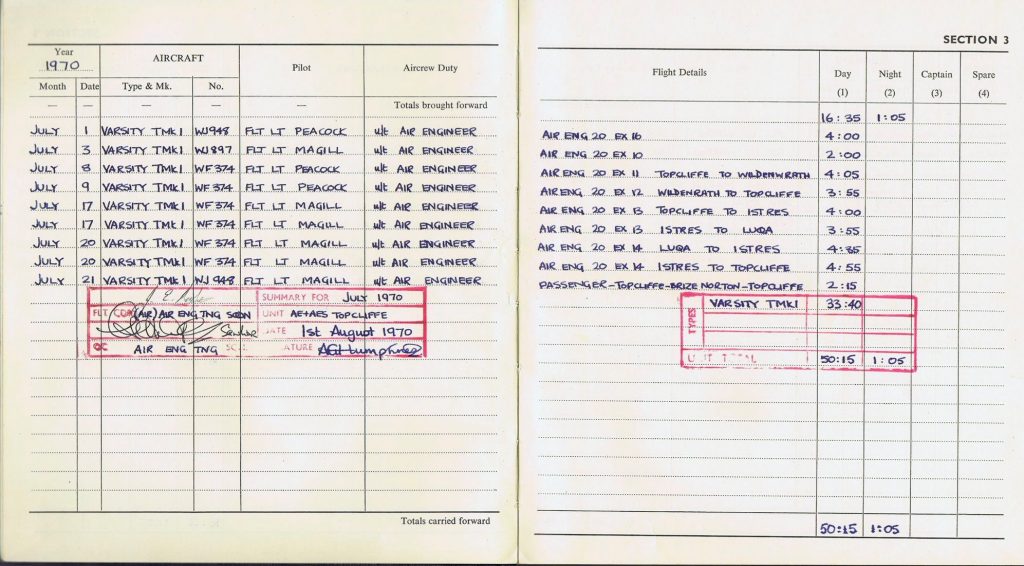
Al Humphries Log Book Varsity July 1970 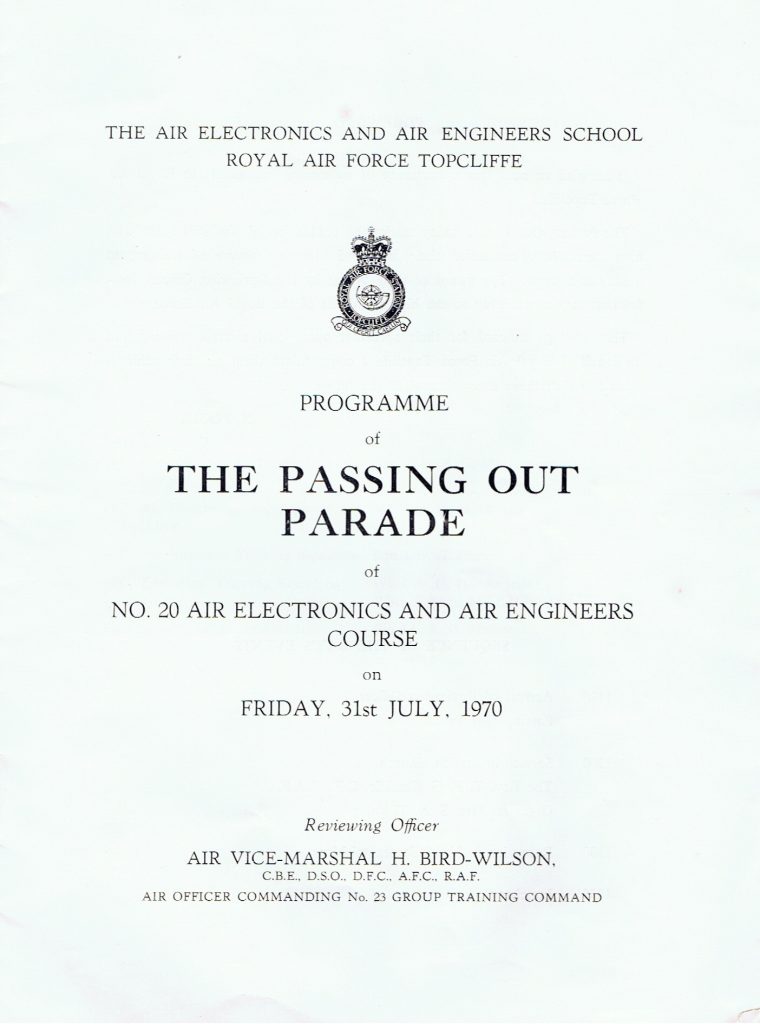
No 20 AE&AE Course Topcliffe Graduation 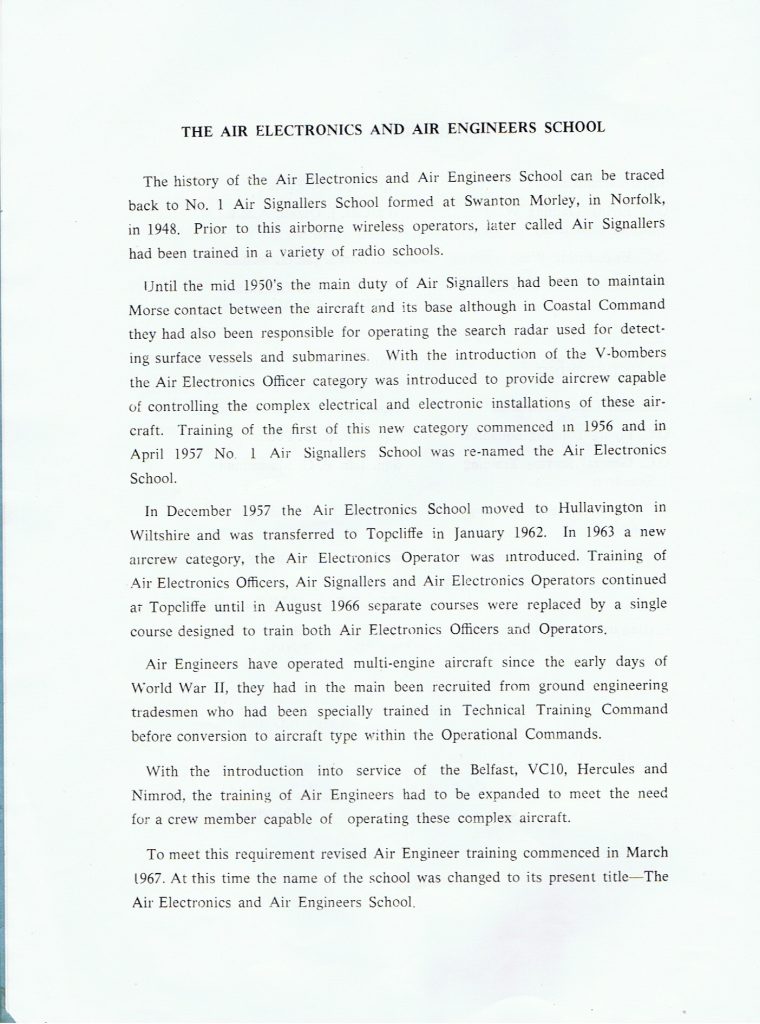
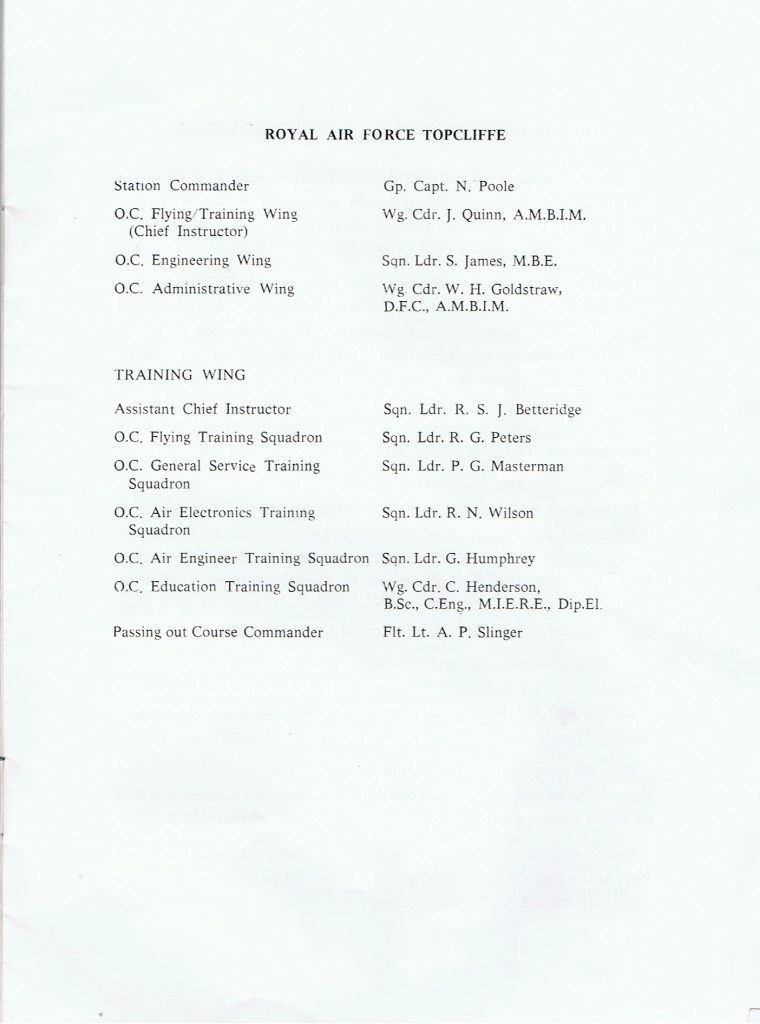
AE&AES Staff 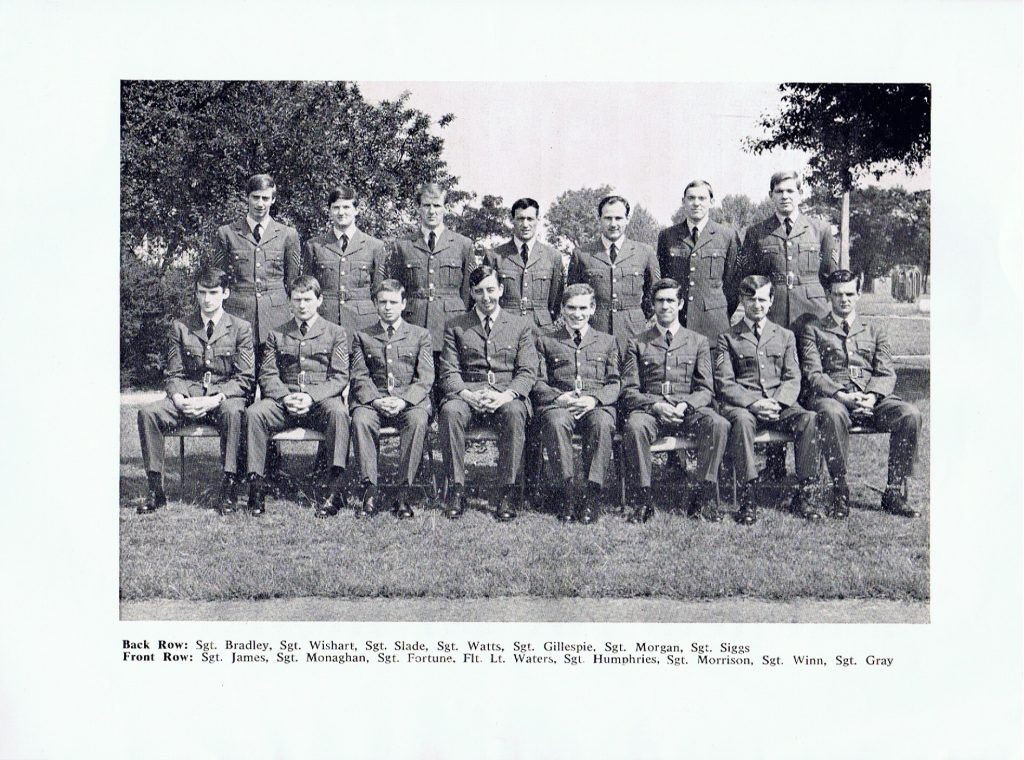
No 20 AE&AE Course Topcliffe Graduation
No 24 Cse – 26 Mar 1971
Many thanks to John Needham for providing the following material.
Link to No 24 Cse Graduation Brochure.
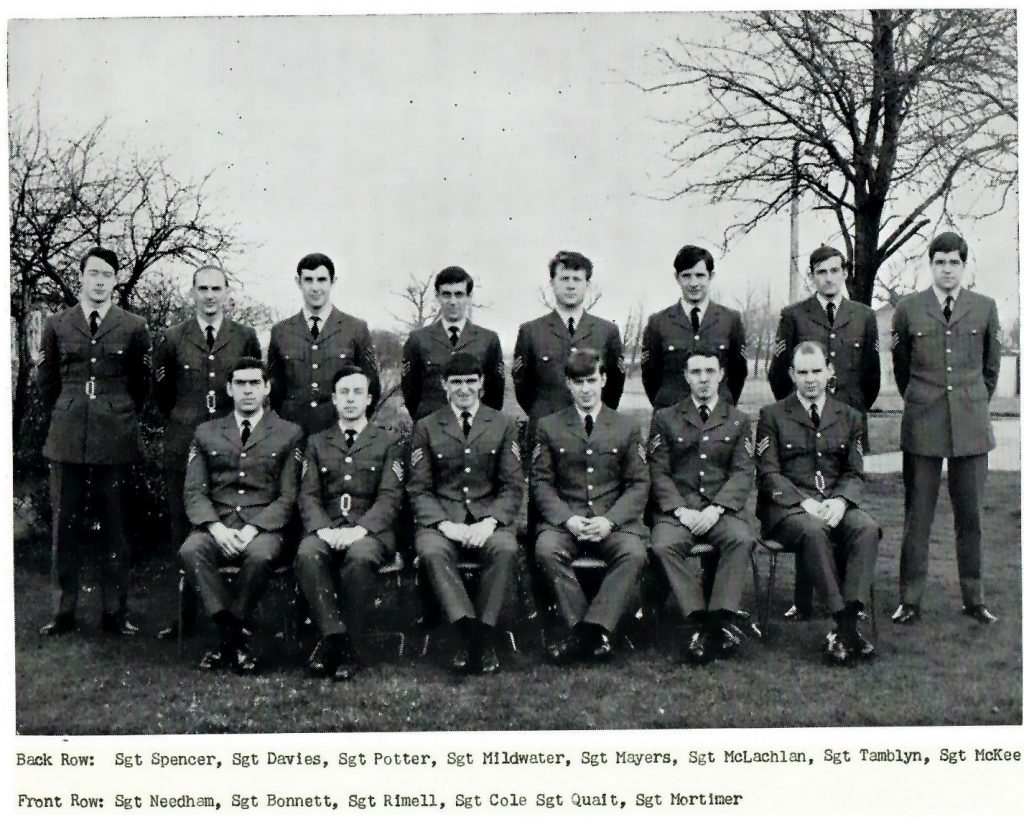
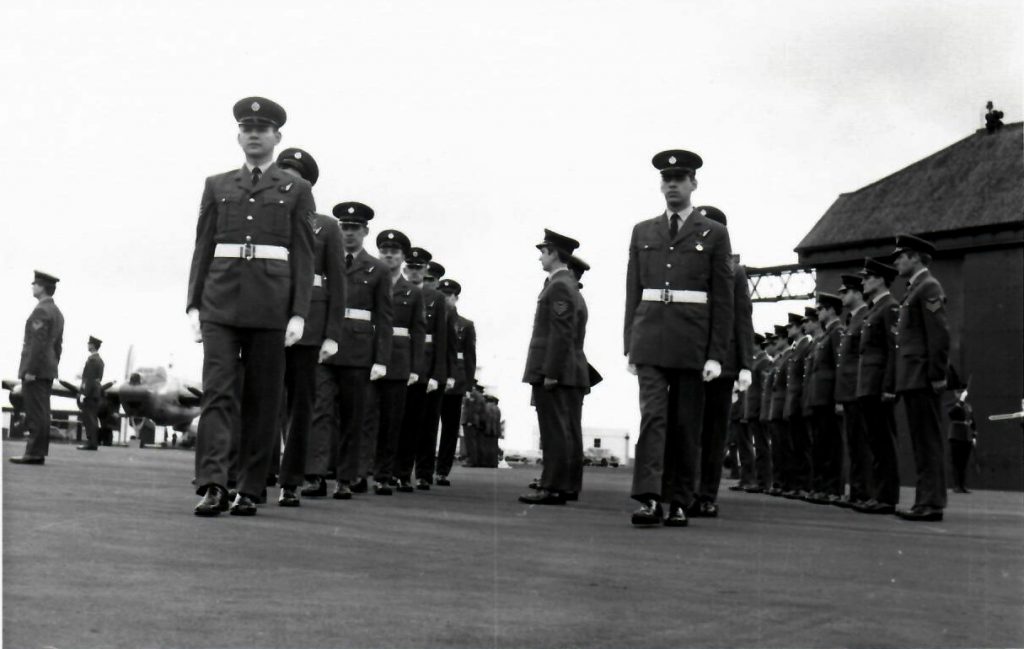
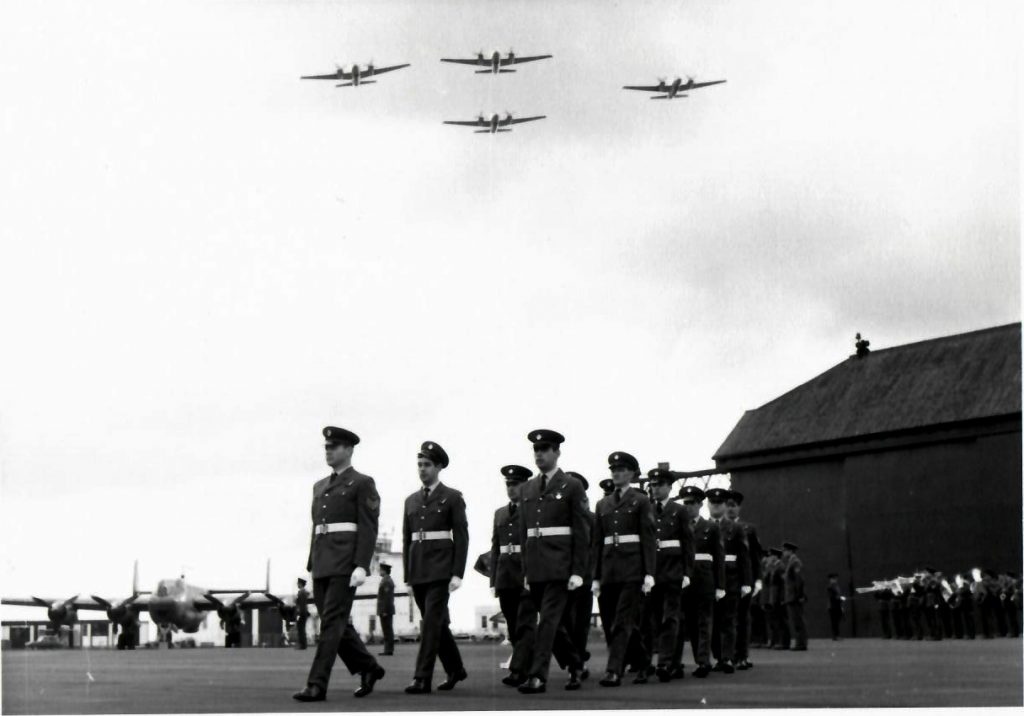
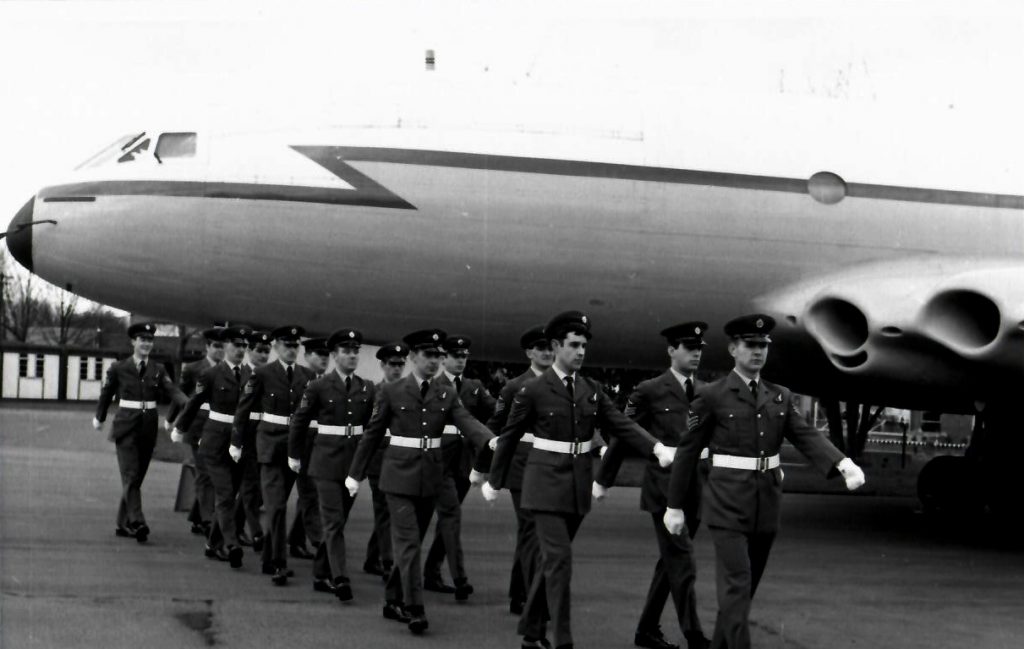
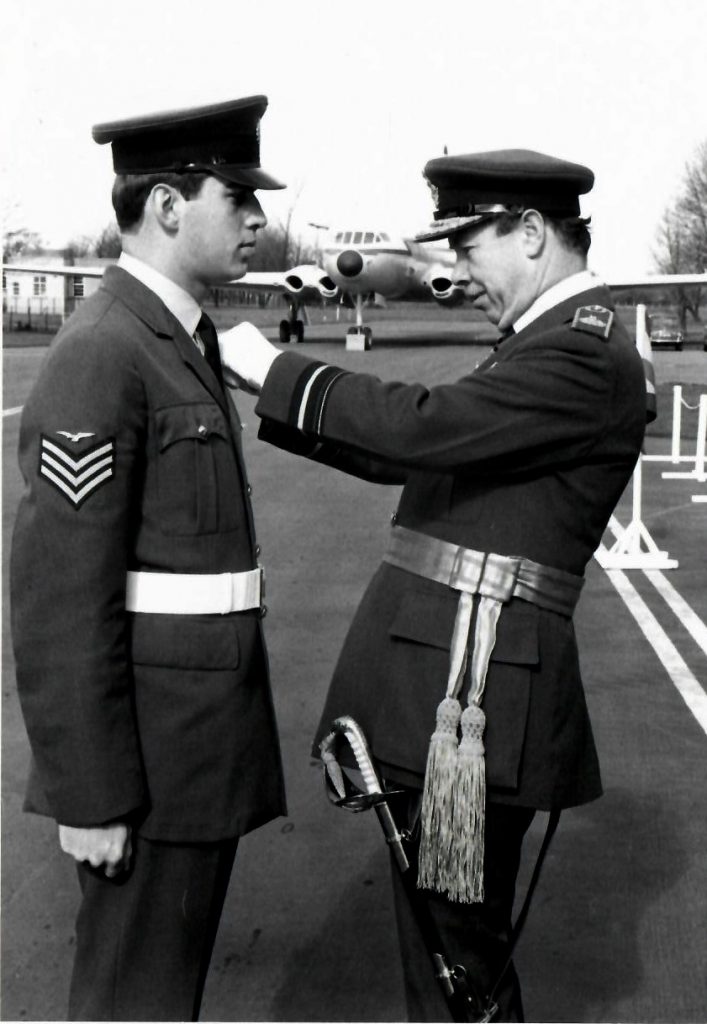
Sgt Needham & AVM Farr
CinC Training Command Visit 1972
Air Marshal Sir Leslie Deane Mavor (photos provided by Mike Stroud)
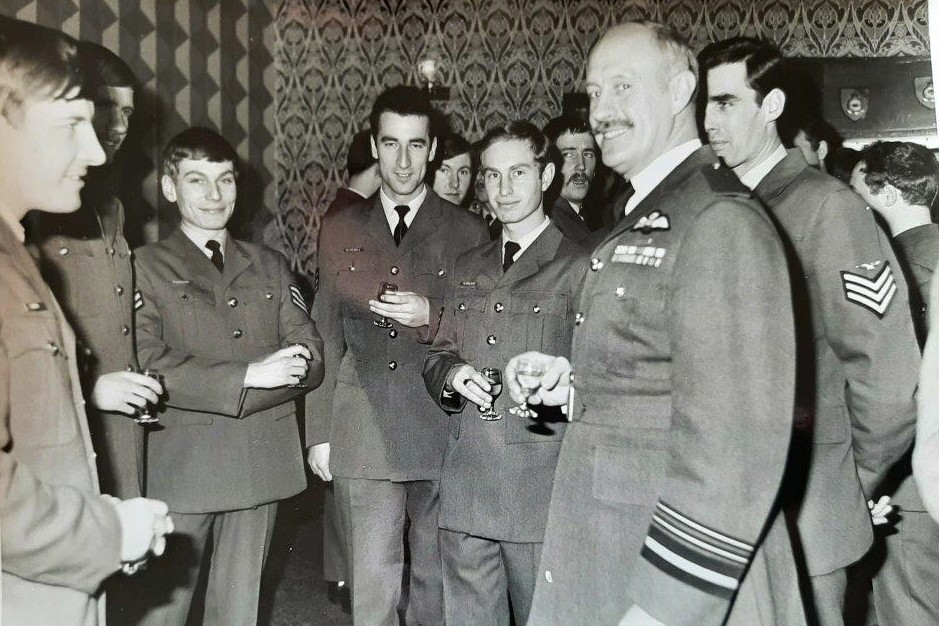
?,,Brian Saggers, Don Mitchell, Mick Geddes, CinC, Wally Walters 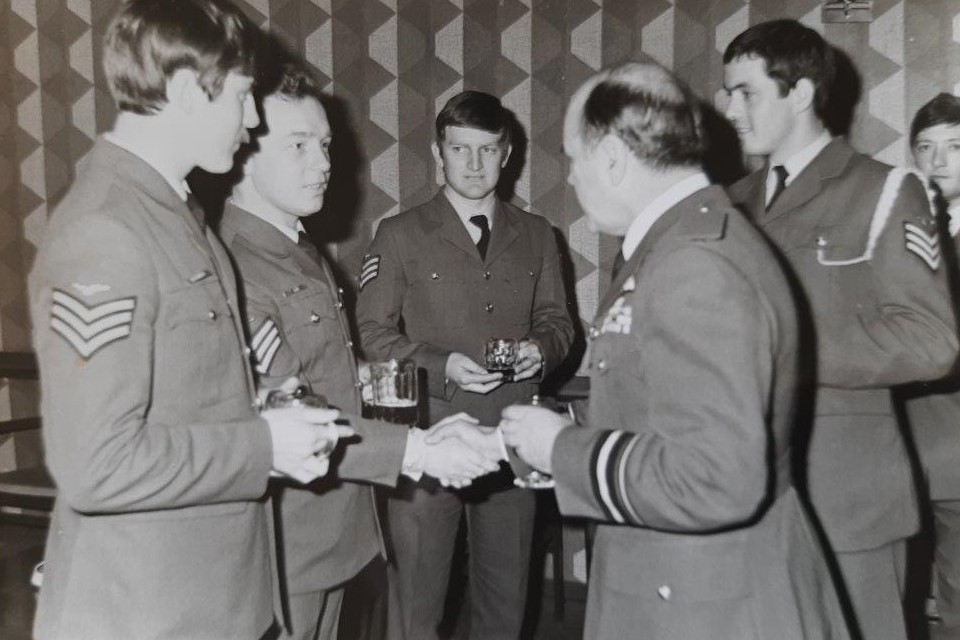
Chris Gregory, Chippy Lee, Newman , CinC, Al McGaw 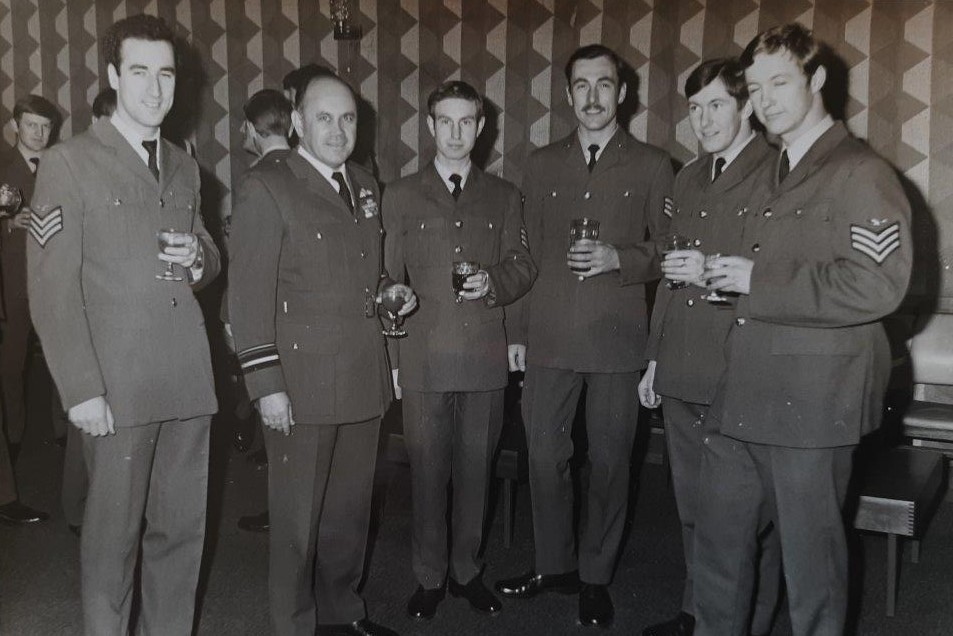
Don Mitchell, CinC, ?, Mike Corns , Mick Geddes, Tony Jones 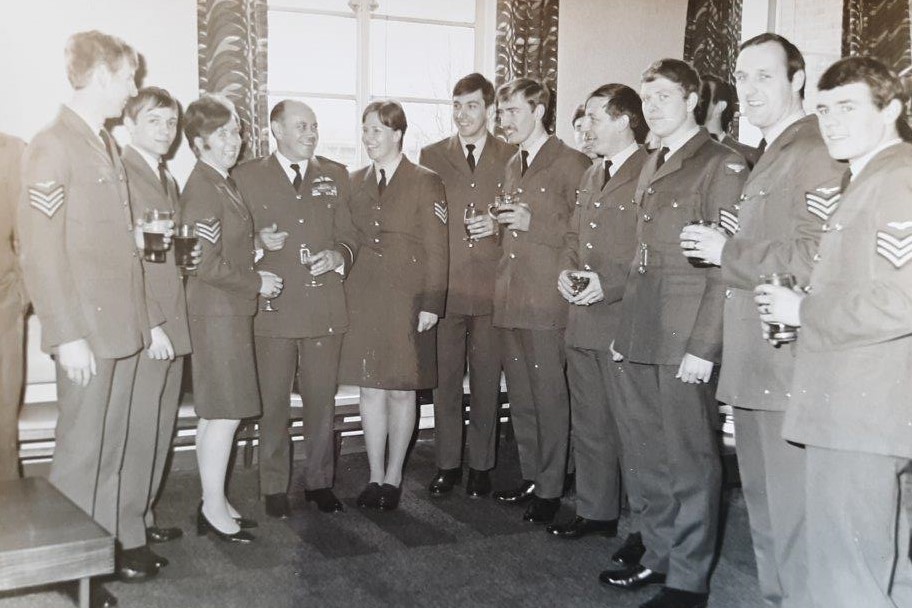
Paul Bunney, ?, ?, CinC, ?, Jim Chick, Dave Hubbard, Jeff Thompson,?, Mike Barke, ? 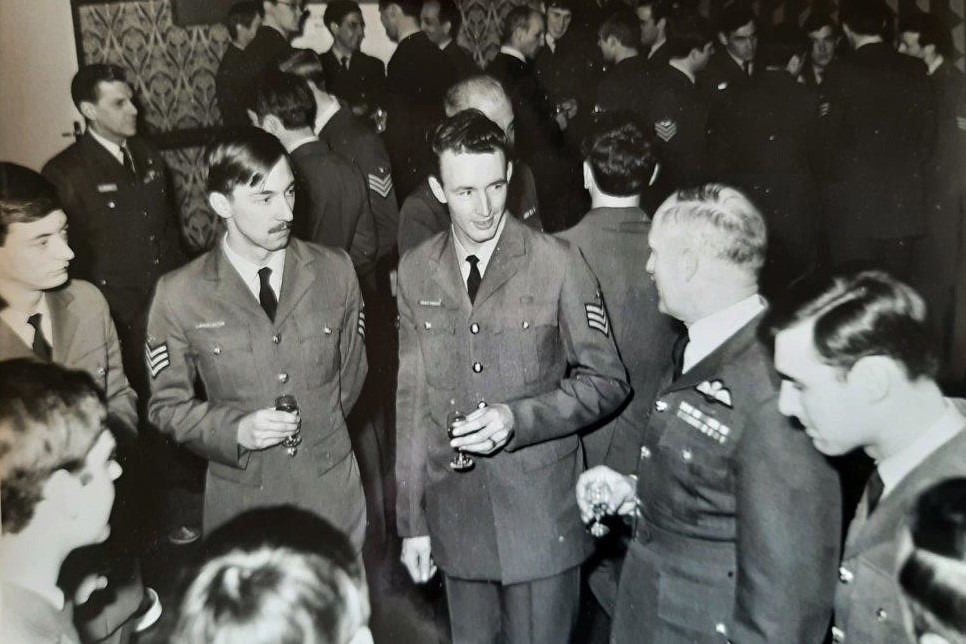
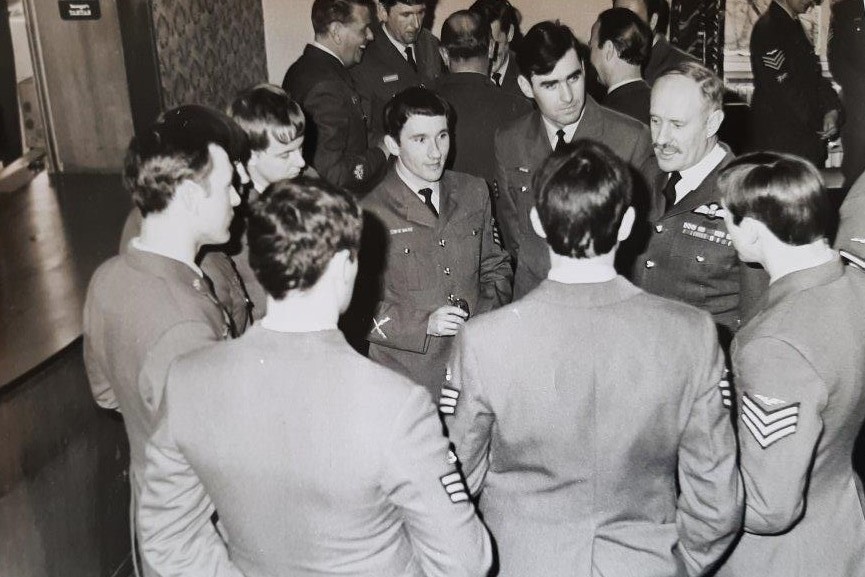
Brendan Daley,?, CinC 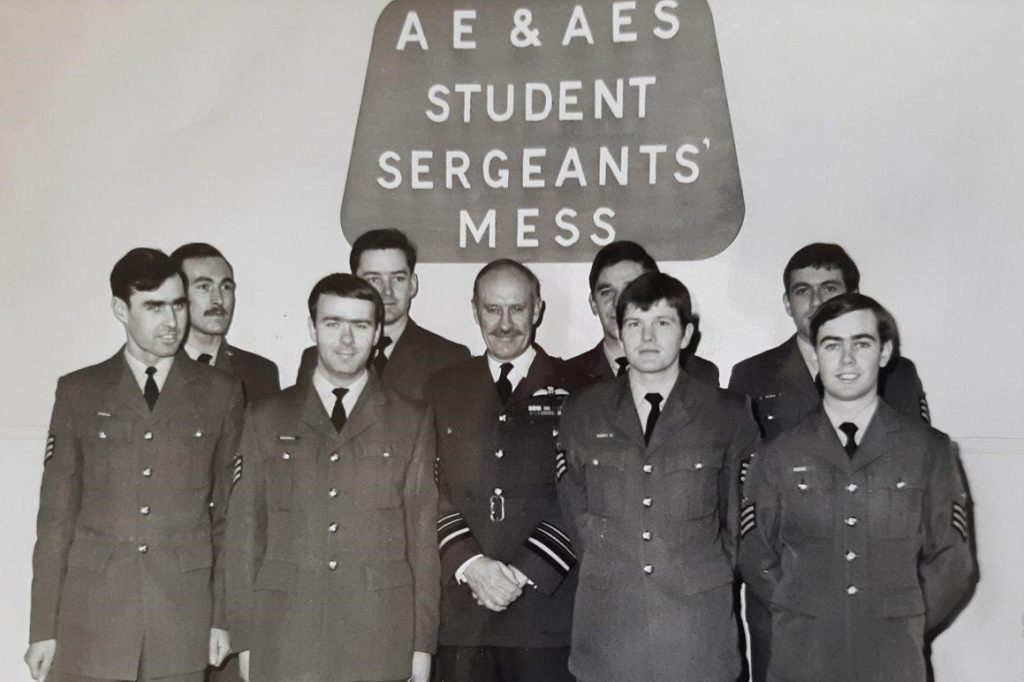
Rear row far right Al McGaw
No 30 Cse Graduation
Many thanks to Dave Bright for these photos.

